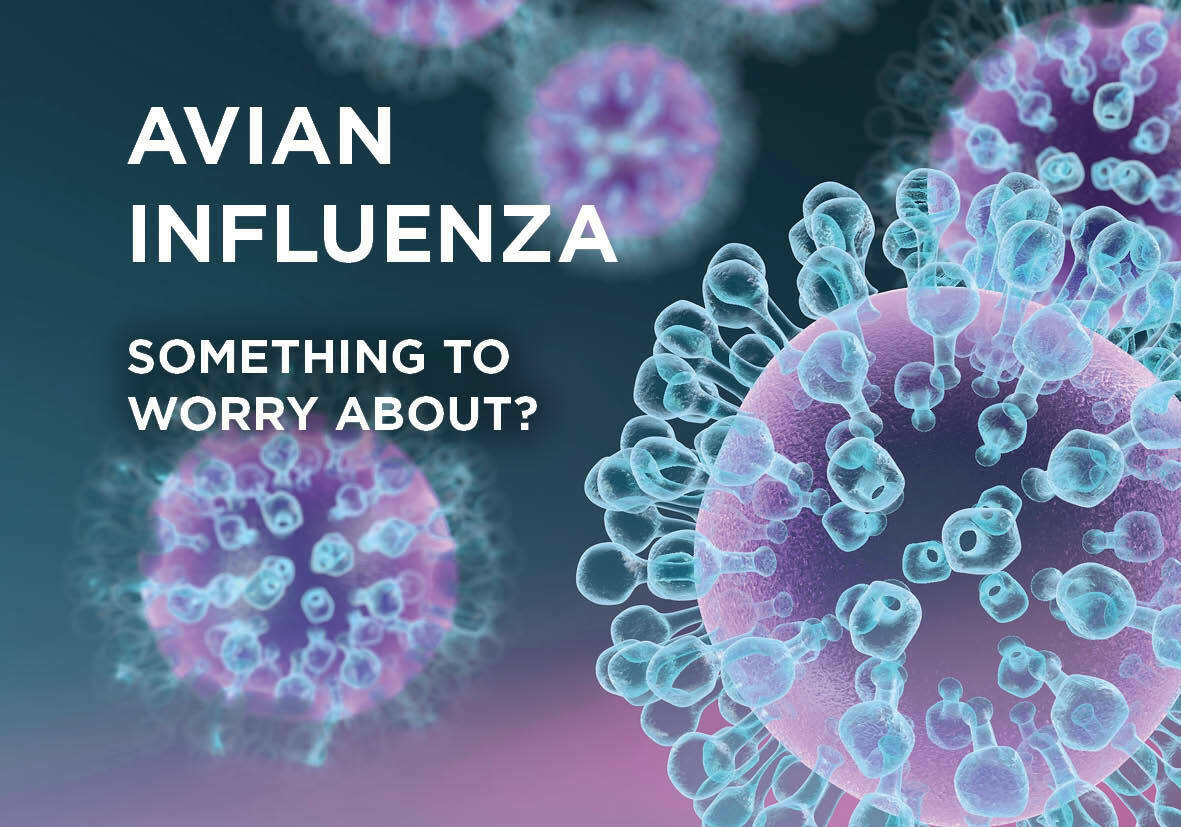





Copyright infringement not intended
Picture Courtesy: bestandssm.xyz
Context: The recent study published in Nature sheds light on the changing dynamics of highly pathogenic avian H5 influenza viruses, indicating a significant shift in their global distribution and evolutionary patterns.
Key Findings of the Study
|
Global Spread Intensification |
●Since 2021, highly pathogenic avian H5N1 virus activity has intensified globally, infecting and killing increasing numbers of wild birds and poultry, as well as posing a risk to mammals, including humans. |
|
Escalation Beyond Asia |
●While H5 outbreaks in wild birds escalated beyond Asia since 2014, the origins of these resurgences were unclear. The study identifies key resurgent events in 2016/17, with genome analysis tracing these viral lineages back to Asia, specifically China. |
|
Shift in Epicenter |
●The significant finding of the study is the shift in the epicentre of these viruses. ●Two new H5 viruses, identified between 2020 and 2022, emerged from African and European bird populations, indicating a notable shift away from Asia. |
|
Driving Factors |
●The increasing persistence of avian influenza in wild bird populations is identified as a driving factor behind the evolution and spread of new strains. ●The study suggests that this persistence is facilitating geographic and host range expansion, accelerating dispersion velocity, and increasing the potential for genetic reassortment. |
|
Implications |
●The findings underscore the importance of continued elimination strategies to limit viral spread and control the prevalence of highly pathogenic avian influenza within global bird populations. Additionally, understanding viral evolution is crucial to mitigating and reacting to new strains effectively. |
Avian Influenza Viruses (AIVs)
Transmission to Humans
Types of Avian Influenza in Birds
Mutation and Antigenic Drift
Global Concerns
Prevention and Control
Conclusion
Must Read Articles:
BIRD FLU: https://www.iasgyan.in/daily-current-affairs/bird-flu-30
|
PRACTICE QUESTION Q. How has the global pandemic affected communities worldwide? What measures have been taken to mitigate its impact, and what challenges are still faced in managing the ongoing crisis? |











© 2025 iasgyan. All right reserved